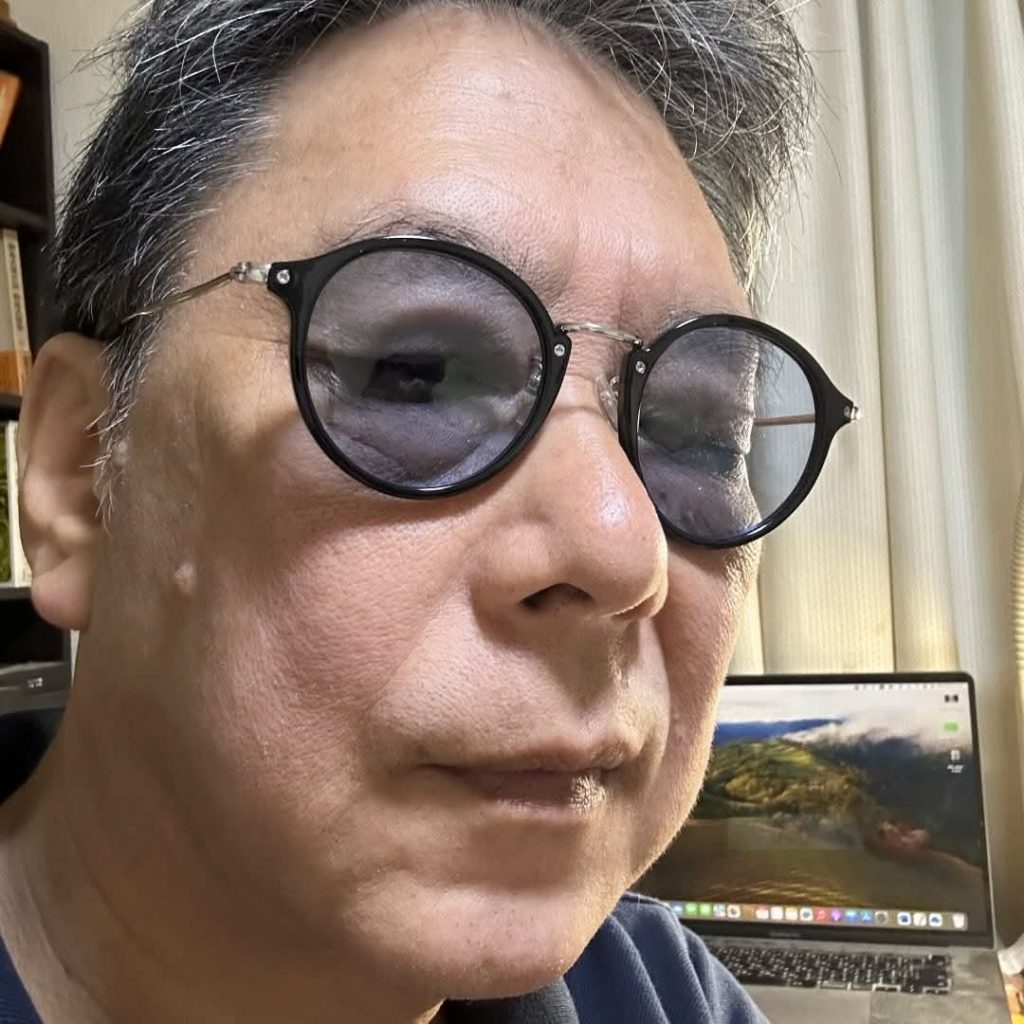
To My Shoira Teacher
Dear Poet Teacher, a blessing divine,
Your laughter and kindness forever shine.
You run for your students, both night and day —
From God, your smile lights my way.
Your name outshines the silver moon,
Your pride — like mountains that touch the noon.
Beside me you stand, my guiding light,
Your words — sweet honey, warm and bright.
You lit a lamp in my darkest hour,
Awake through nights with tireless power.
You teach us truth from every art —
Your wisdom blooms within each heart.
Let no envy shadow your grace,
A thousand pages could not embrace
The love, the beauty your soul bestows —
May God protect you where’er you go.
To praise your name — my student’s part,
I keep you close within my heart.
With all my strength, with love so true —
For Allah’s sake, I cherish you.
Sobirjonova Rayhona is a 10th-grade student of School No. 8 in Vobkent district, Bukhara region. She was born in December 2008 in the village of Chorikalon, Vobkent district, into an educated family. Her parents have supported her since childhood. From a young age, Rayhona has been very interested in creativity, literature, and history.
She began her creative work in the 3rd grade. Her first poem was published in the newspaper “Vobkent Hayoti.” In addition, many of her works have appeared in various journals and magazines, including America’s Synchaos newspaper, India’s Namaste India magazine, Gulxan magazine, Germany’s RavenCage journal, and many other publications.
Rayhona has actively participated in numerous competitions, achieving high results and earning many awards. She continues her creative journey today as well!





